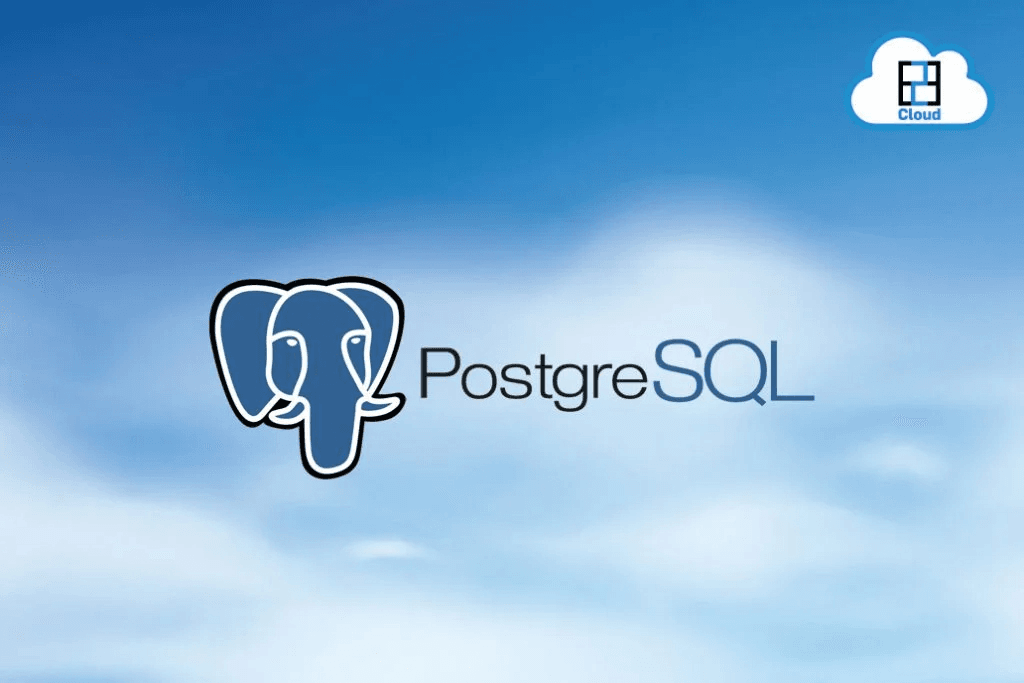Introduction
Molecular dynamics simulation is a computer simulation method to analyze the physical movements of atoms and molecules.
During simulation, the atoms and molecules interact for a fixed period, giving a view of the dynamic evolution of the system.
GROMACS
GROMACS is a software package with high versatility to run molecular dynamics. It is part of GPU cloud computing, designed to simulate Newtonian equations of motion for systems with hundreds to millions of particles.
GROMACS is GROningen MAchine for Chemical Simulations. The GROMACS software package is for simulations of:
- Proteins
- Lipids
- Nucleic acids
All these biochemical molecules have complex bonded interactions.
Simulations of chemical reactions pathways can unlock insights that can help better understand biological and chemical processes.
It is free, open-source software and one of the fastest molecular dynamic codes in existence.
The Challenges it Solves
- Less accurate simulations
- Lack of temporal and spatial solutions in experiments
- Less sampling rate resulting in substandard scientific quality of research
How does GROMACS work?
GROMACS simulates Newtonian equations of motion for systems with hundreds to millions of particles.
The crunch of molecular dynamics is to predict how every atom or molecule in biochemicals like proteins and lipids will move.
GROMACS plays a significant role in determining those motions with its computing solution from the research prospect.
NGC Containers
NVIDIA has designed GPU-optimised containers, which combine the application and dependencies into a single portable unit to perform the most intensive AI, machine learning, and deep learning applications.
Accelerated cloud computing would need colossal infrastructure, and it would become stressful for users to set it up. NGC containers have online GPUs for deep learning and facilitate a seamless application development-to-deployment process.
Benefits of NGC Containers
- The diverse nature of containers in the NGC catalog allows data scientists and machine learning engineers to explore many use cases.
- The containers are portable, which means developing and deploying applications is possible from anywhere, i.e., on the cloud, on-premises, or at the edge.
- They have built-in libraries and dependencies to develop custom applications seamlessly.
- They can reduce time-to-solution by spontaneously transitioning from a single node to multi-node systems.
GROMACS container in NVIDIA GPU Cloud
The GROMACS container is a famous molecular dynamics application to simulate proteins, lipids, and nucleic acids.
Basic System Requirements
You must meet the following requirement before running the NGC GROMACS container:
Container Runtimes
- nvidia-docker
- Singularity (version 3.1 and above)
x86_64
- Pascal(sm60), Volta(sm70), or Ampere (sm80) NVIDIA GPU(s)
- CPU supporting avx2_256 instruction set
- CUDA driver version >= r460, -or- 418(>=40.04), r440(>=33.01), >=450.36.06
arm64
- Pascal(sm60), Volta(sm70), or Ampere (sm80) NVIDIA GPU(s)
- ARMv8 CPU
- CUDA driver version >= r460
Here is a list of system recommendations from NVIDIA to use the GROMACS container:
- It will work well with Ampere A100, Volta V100, or Pascal P100 GPUs.
- It supports multi GPUs in one system. But, the catch is that it will require several CPU cores for each GPU. The best way is to use all CPU cores for one GPU and then scale it up to meet performance requirements.
- Although having more threads per rank is preferable, focusing on a high clock rate is better than increasing the number of cores for a start.
- Utilize the GPU better by launching multiple ranks per GPU. For example, if you use a two-socket Broadwell server with 32 total cores and 4 P100, set ranks per GPU to 3 and threads to 2.
How to deploy the GROMACS container?
Cloud GPUs are the best available solution to use the GROMACS container for building and deploying applications.
Achieving high computational performance at a consistent rate, without any downtime, is possible with cloud GPUs.
E2E Cloud has a range of cloud GPUs to cater to your needs. Based on the requirements, you can pick one among the following:
- NVIDIA A100 Tensor Core GPU. Check NVIDIA A100 40 GB Pricing, NVIDIA A100 80 GB Pricing
- NVIDIA A30 GPU. Check NVIDIA A30 pricing.
- NVIDIA A40 GPU
Conclusion
The GROMACS container in the NVIDIA GPU cloud makes the software package accessible to every system that meets the system requirements.
With the range of E2E cloud, you can develop custom applications, perform intensive deep learning and machine learning tasks.
E2E cloud is one of the cheaper GPU providers and can help set up cloud GPU for startups.
Be it NVIDIA A100 GPU or NVIDIA TESLA V100. These GPUs are built to accelerate AI, HPC, data science, and graphics.









